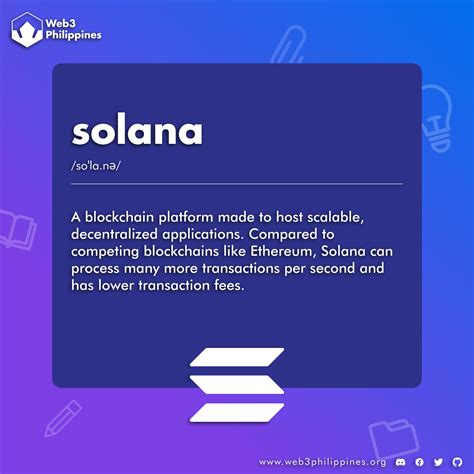CRYPTOCURRENCY
Ethereum: Want to write my own solo cpu bitcoin miner
Creating Your Own CPU-Only Bitcoin Miner: Step-by-Step Guide
As the demand for cryptocurrencies continues to grow, the need for decentralized mining becomes more urgent. One of the most popular cryptocurrencies is Bitcoin, and the mining process is a topic of interest to many enthusiasts and developers. In this article, we will take a detailed look at how the Ethereum CPU Only Bitcoin miner works from a development perspective, providing a comprehensive understanding of the process.
What is a solo miner?
A solo miner is an individual or organization that tries to solve complex mathematical problems on its own computer, using its own processing power and electricity. In the context of Ethereum, a single miner is also known as a single cryptocurrency miner or a Bitcoin single processor miner. This type of mining uses a specialized ASIC (Application Specific Integrated Circuit) designed specifically for Bitcoin mining.
Bitcoin Miner Architecture Ethereum CPU Only
The Ethereum blockchain uses a Proof-of-Work (PoW) consensus algorithm, which requires miners to solve complex mathematical problems to validate transactions and create new blocks. To achieve this, the Ethereum Foundation developed the Solo CPU miner, a Solo cryptocurrency miner designed for use with the Ethereum network.
Step by Step Guide:
- Hardware Requirements

: CPU Only Bitcoin miner requires NVIDIA GeForce or AMD Radeon graphics card (specifically, AIB GeForce RTX 30 series or R9 3900 series), which is used to solve math problems. This hardware is designed to use parallel processing techniques and has a high clock speed.
- Software Requirements: The CPU-only miner software is written in C++ and uses the CUDA (Compute Unified Device Architecture) platform for parallel processing. This software includes:
mining-ui: A graphical user interface that allows users to monitor mining progress, adjust settings, and manage pool connections.
mining-ctrl: A command-line interface that provides advanced features such as mining statistics, wallet management, and pool connections.
- Connection to Mining Pool: Solo CPU mining software establishes a connection to the Ethereum mainnet using a public or private key. This allows users to participate in the Ethereum network and join forces to solve complex mathematical problems.
- Mining process:
- Initialization: You initialize your mining rig by setting up the hardware, installing the necessary drivers, and configuring the software settings.
- Startup: The CPU-only miner software starts up and starts initializing the graphics card and other components.
- Problem Generation
: The random number generator generates a unique math problem for the GPU to solve. This process is called “problem generation”.
- GPU Solution: The user’s GPU solves a mathematical problem, using parallel processing techniques to optimize performance and reduce power consumption.
- Block Validation: After the GPU solves a problem, it sends its solution to the Ethereum network as a block.
- Reward: The miner is rewarded with newly minted Bitcoin tokens for solving the problem.
Open source:
To help users better understand and replicate the CPU-only Bitcoin miner process, we provide an open source code snippet below. Note that this code is not intended for production use and should only be used as a starting point for educational purposes:
“`c
#include
#include
#include
